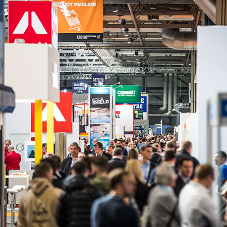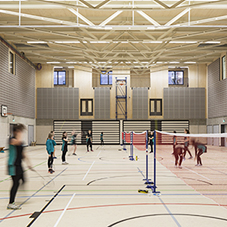Guest Post provided by Sprue Safety Products, who offer a range of products under the FireAngel, First Alert and BRK brands.
Last week’s announcement of Scotland’s new building standards regulations on carbon monoxide is welcome progress in protecting more people against the potentially fatal risks of carbon monoxide (CO).
This move also creates a positive opportunity for installers to demonstrate their duty of care, by ensuring their customers stay safe from the dangers of this deadly gas.
Scotland’s new regulations will take effect from 1st October 2013.
They will require the installation of a detection system, such as a certified audible CO alarm, to alert occupants of the presence of carbon monoxide in all dwellings where a new or replacement fixed combustion appliance (excluding an appliance used solely for cooking) is installed, or where a new or replacement fixed combustion appliance is installed in an inter-connected space, such as an integral garage.
At least one CO alarm will be required in every space containing a fixed combustion appliance (excluding an appliance used solely for cooking) and where a flue passes through high risk accommodation, such as a bedroom or main living room.
Proper installation and regular servicing of all gas or fossil fuel appliances should dramatically reduce any dangers of carbon monoxide, but even well serviced equipment can go wrong and flues can become blocked between inspections. Worryingly, carbon monoxide can also enter a property from adjoining buildings.
As CO is undetectable to the human senses and its symptoms often mistaken for other ailments, its presence can go unnoticed until it’s too late. A properly placed carbon monoxide alarm will detect even the lowest levels early on, warning you before the gas becomes life threatening so action can be taken to stay safe.
What you need to know - New Scotland regulations on carbon monoxide detection:
Where to fit a carbon monoxide alarm:
• In every room where there is a fuel burning appliance and ideally in rooms where occupants spend most of their time, e.g. the living room and bedroom
• If the combustion appliance is installed in a non-living space e.g. boiler room/cupboard, the alarm should be placed just outside this area so it can be heard easily
• A bedroom or principal habitable room, where a flue passes through these rooms.
Where should CO alarms be located?
Unless otherwise indicated by the manufacturer, carbon monoxide alarms should be either:
• ceiling mounted and positioned at least 300mm from any wall or
• wall mounted and positioned at least 150mm below the ceiling and higher than any door or window in the room
• If located in the space containing the combustion appliance, carbon monoxide alarms should be sited between 1m and 3m from the appliance
• Where the combustion appliance is located in a small space it may not be possible to locate the detector within that space. In such circumstances the detector may be located at the appropriate distance outside the space.
A carbon monoxide alarm should not be sited:
• in an enclosed space (for example in a cupboard or behind a curtain)
• directly above a sink
• next to a door or window
• next to an extract fan
• next to an air vent or similar ventilation opening
• in an area where the temperature may drop below -10°C or exceed 40°C, unless it isdesigned to do so
• where dirt and dust may block the sensor
• in a damp or humid location or
• in the immediate vicinity of a cooking appliance.
The FireAngel CO-9X and CO-9D carbon monoxide alarms from Sprue Safety Products are ideal for providing early warning of the presence of carbon monoxide.




